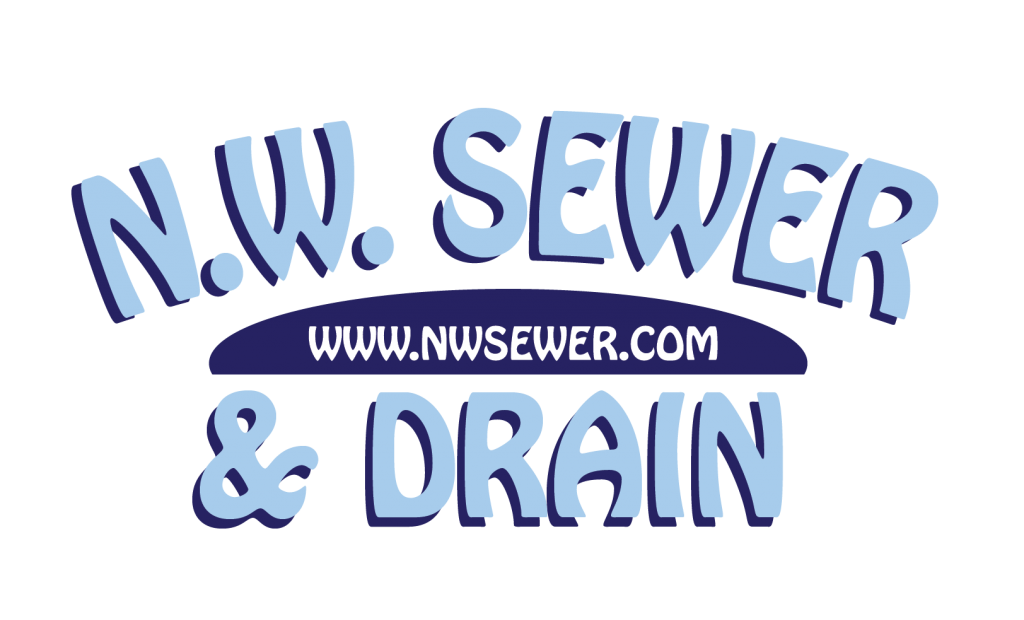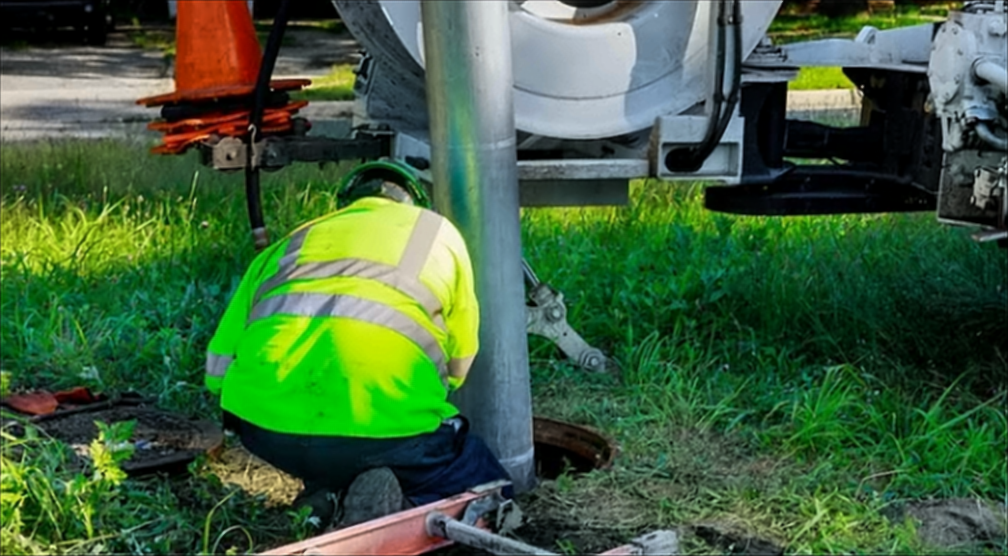Having problems with your sewer can be a huge inconvenience. However, with the right trenchless sewer repair technique, you can deal with and prevent sewer line problems that will take your time and money.
In this article, you’ll find out all you need to know about trenchless sewer line replacement methods and why you should seriously consider it for your faulty sewer system.
What Is Trenchless Sewer Replacement?
Trenchless sewage line replacement is a method of sewer repair that does not involve digging trenches. It’s also the most preferred sewer line repair method because of its low invasiveness. It’s also more affordable and offers longer-lasting results than traditional sewer repair methods.
Different Types of Trenchless Sewer Replacement Methods
Here are two of the most popular trenchless sewer replacement methods:
-
Pipe Bursting
Pipe bursting is a sewer replacement method that utilizes high-density polyethylene (HDPE) pipes. With the pipe bursting, the old pipe is broken and enlarged with the HDPE pipes. A bursting head or bullet is pulled through the damaged pipe dragging and laying the new line beneath the old one.
-
Cured in Place Pipe (CIPP) or Sliplining
CIPP is also known as slip lining. In this method, the pipe is lined with an epoxy-coated sewer line. It is then heated to expand and cure while on the damaged pipe. This creates a “pipe within a pipe effect.” You should know that the Seattle Area sanitary district authorities typically do not approve of slip-lining.
Things to Note Before Choosing a Sewer Line Replacement Technique
To choose the trenchless sewer repair technique that is best for you, there are some factors you must consider. For most people, pipe bursting is the ideal trenchless sewer replacement technique. But here are some essential factors to consider before picking a sewer line replacement method:
The effect on the environment
Of all the sewer line replacement methods listed above, pipe bursting offers the least harm to the environment.
With pipe bursting, you simply replace the existing pipe with an eco-friendly HDPE pipe and this process doesn’t require any harmful additional chemicals or contaminants. Due to the durability of HDPE pipes, pipe bursting also prevents future sewer line damage.
The durability of the method
Both slip lining and CIPP will require inserting a new pipe, which can reduce the interior diameter of the tube. This will eventually decrease the lifespan of your sewer lines over time. Pipe bursting replaces the old pipe and is more durable.
Also, since high-quality HDPE pipes, which can last for more than 100 years, are used for pipe bursting, it means long-lasting, improved products will replace damaged, broken sewer pipes.
Greater efficiency and Less disruption
In contrast to CIPP, pipe bursting can also provide a speedy turnaround. Pipe bursting can sometimes be completed in just one day. In extreme circumstances, the CIPP curing process might last up to 30 hours, lengthening the repair process significantly. A speedy turnaround translates into a repair process that is more effective and causes less disruption to your daily life and the lives of your neighbors.
Advantages of Trenchless Sewer Line Repair
While upgrading your sewer line may not sound enjoyable (particularly to your budget), it is a wise decision for homeowners to think about if their piping system is outdated or broken. Here are a few benefits of trenchless sewer line replacement:
It’s cheaper than replacing traditional pipes
What is the benefit of replacing pipes the old-fashioned way? As long as you don’t mind having a portion of your grass destroyed, it’s reasonably priced. The amount of your sewer line that needs to be changed, especially if it’s the entire system, will determine how much of your yard the plumbers will need to dig up to remove the plumbing. However, it can also interfere with your driveway, sidewalk, and fence lines in addition to your lawn. It is unquestionably the most labor- and property-intensive sewer line replacement method.
Replacing your sewer lines without digging up your landscaping is much less disruptive, has a lifespan of 50 years, and uses more recent technology.
However, both strategies for replacing sewer lines have some unstated costs that must be considered.
The cost of your damaged landscaping may be included in a plumbing company’s price estimate for standard sewer line replacement. Still, it does not include the cost of rebuilding what was torn out, which might cost thousands of dollars to hire a professional landscaper. Another thing to think about is that you might find it cheaper to choose a regular sewer line repair approach than a trenchless one if the area being served won’t damage your landscaping. Your financial status may significantly influence this.
As indicated, trenchless sewer line replacement is less disruptive and can typically be completed daily. Naturally, how much piping needs to be replaced will also affect how quickly the job is completed. Trenchless sewer line replacement doesn’t necessitate blocking off wide areas like typical replacement. The old piping is broken out and replaced with the newer piping after a hole is made at either the entry or exit point of the sewer line.
Additionally, choosing the less invasive approach makes as much financial sense as it does in terms of the work when considering the additional expenditures associated with a standard repair project, such as personnel for landscaping and trenching
Different trenchless technologies are available.
Modern materials and techniques are used by trenchless technologies to replace and remove outdated piping.
Here are some examples of the various trenchless technologies that can be used for trenchless sewer line replacement:
- Restoration and lateral lining
- Lining from utility hole to utility hole
- Repair at a sectional point
- Pipe Bursting
The enhanced flow provided by the material makes the piping used for trenchless pipe repair another advantage. Due to the resin used in its manufacture, cured-in-place pipe (CIPP) is flexible and sets once fitted, becoming a solid, seamless pipe. Comparatively speaking, this permits fewer blockages than conventional PVC, iron, or clay piping.
The ideal choice, if you require sewer line replacement services, is the one that best suits your needs. Trenchless pipe replacement is the more advantageous and convenient choice from a financial and labor perspective. If you’re unclear on which replacement approach to use, a plumbing firm may always do an inspection to determine the degree of any damage or repairs in your sewer line.
Speak With Your Local Sewer Line Replacement Specialist
We are dedicated to serving our customers’ sewer-related requirements at NW Sewer & Drain. You can reach out to us today at office@nwsewer.com.
We’re excited to help you sort out drain issues in your home or office building. Ideally, consulting an experienced local sewer and drain cleaning company should be your following line of action if you are experiencing slow-moving drains, foul odor, or clogged drains in your home and need help figuring out what else to do.
At N.W. Sewer & Drain, we have a well-trained and ready-to-move team on standby. We serve the Seattle metropolitan area, including Bellevue, Kirkland, Shoreline, Renton, Lake Forest Park, Mountlake Terrace, Auburn, Everett, Marysville, Mount Vernon, and other surrounding areas.
N.W. Sewer & Drain provides top-notch drain cleaning and sewer repair services in the greater Seattle area, and we’ve been in the business for nearly 20 years. Contact us today at 206-931-7728 to schedule an inspection of your sewer line and pipes.



